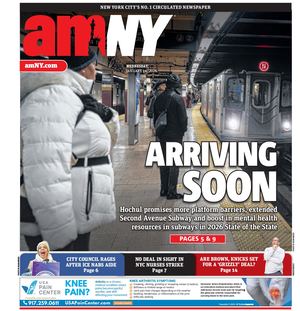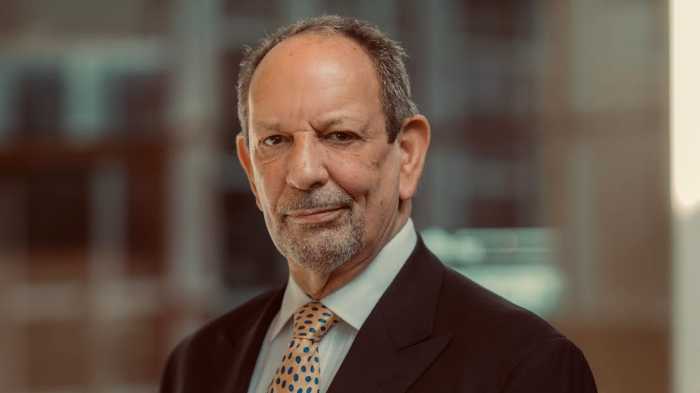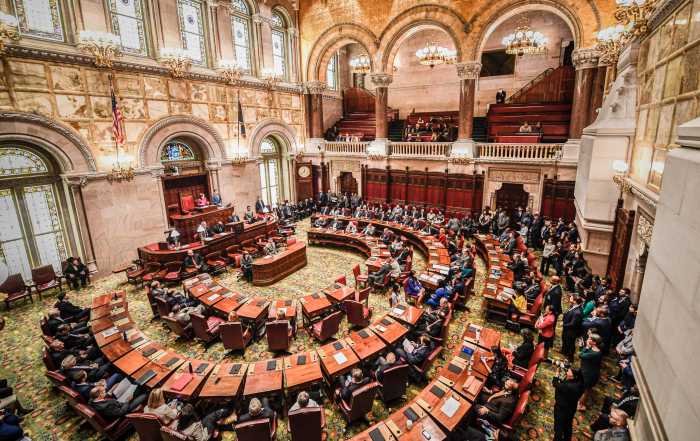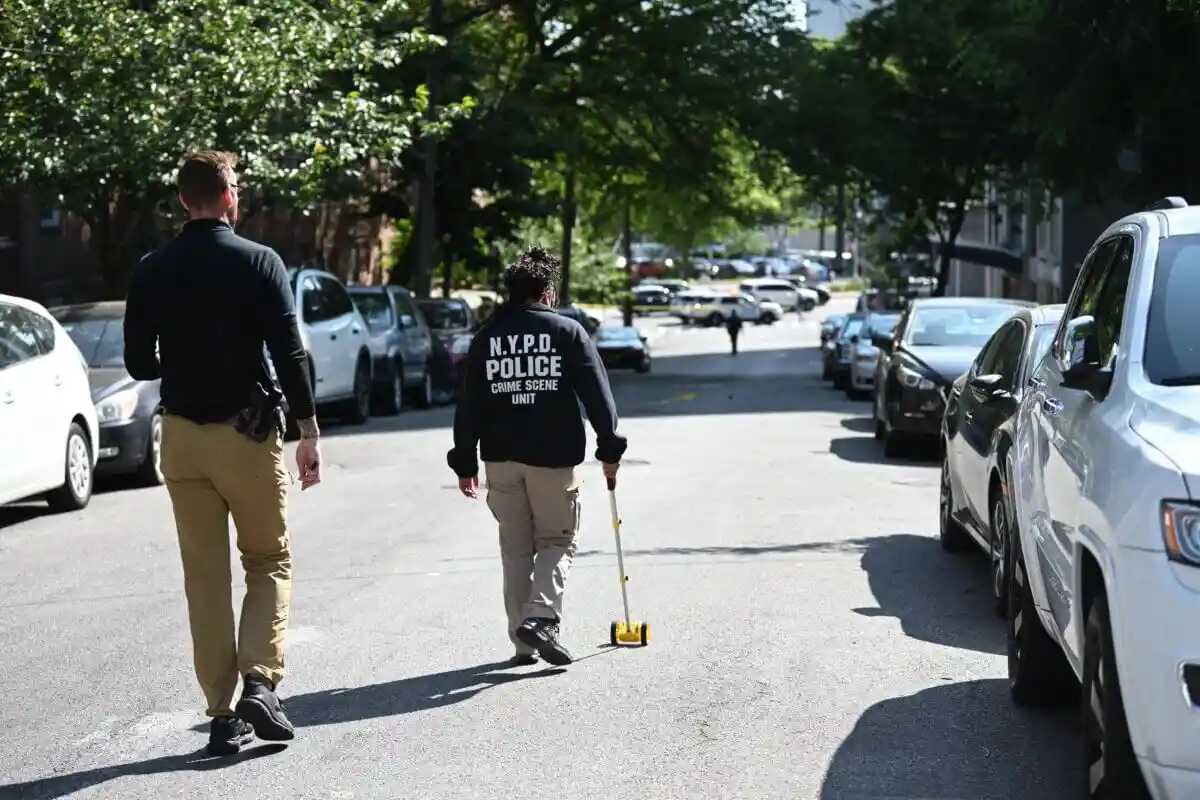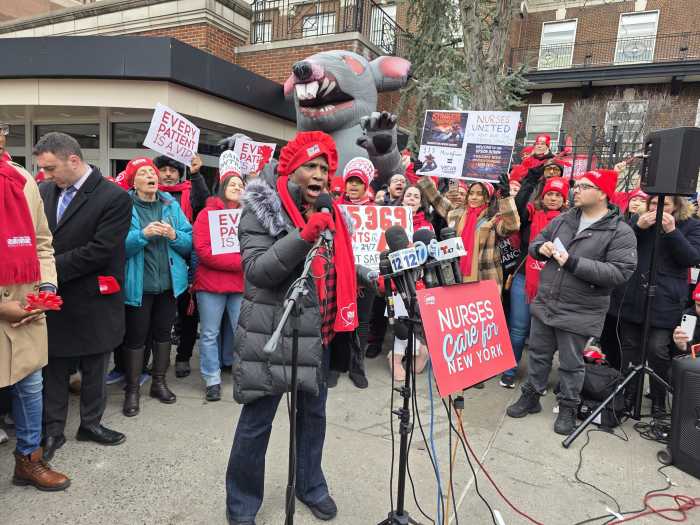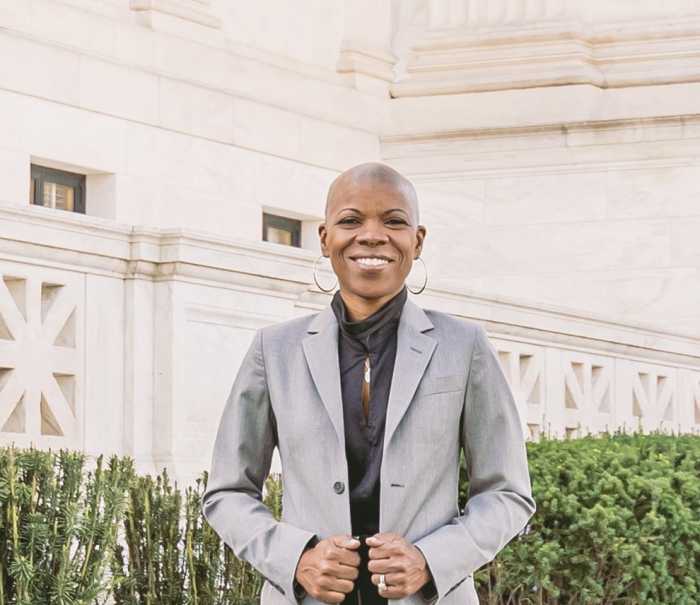This Albany story begins with the birth of the Campaign for Alternatives to Isolated Confinement, launched in 2012. That was before the public was talking much about solitary: the practice that keeps people behind bars further sequestered alone in bathroom-sized cells for various reasons, often for all but an hour or so a day.
When the group’s push began, Kalief Browder, the teenager who committed suicide after spending years on Rikers Island and in solitary confinement, was still in jail. Then, there was less widespread attention to the mental health issues that solitary can cause and exacerbate. Thousands of people were subjected to the practice across the state.
Building a campaign slowly
Organizers looked to convince Gov. Andrew Cuomo to change some prison rules himself. A court settlement in 2015 mandated some changes softening the practice, and the state’s overall use of solitary has been reduced. CAIC also worked on codifying its asks via legislation. In 2014, the coalition of formerly incarcerated people, family members, defense attorneys and allies got legislation introduced in Albany that would limit the use of solitary to no more than 15 consecutive days at a time and no more than 20 total days in a 60-day period. The proposal included provisions to improve conditions for inmates in solitary.
For years that legislation, the HALT Act (Humane Alternatives to Long-Term solitary confinement) went nowhere, never getting out of committee. But this year, that changed.
Did it change because public opinion on the issue has shifted, leaving New York State politics to play catch-up? Activists spent years holding forums, lobbying politicians, even carting model solitary cells around the state so New Yorkers could feel the isolation of solitary — an experience so intense that some civilians cried and lasted mere seconds. This year, the HALT Act was included in the State Assembly’s budget proposal. And Cuomo’s budget plan included some elements of solitary reform as well.
(The Republican-controlled State Senate’s plan, however, didn’t.)
In recent years, if you want something big to get done in Albany you better hope it’s included in budget negotiations. Cuomo and leaders of both legislative chambers use the threat of a March 31 “deadline” to get consensus on big-ticket items (it looks good politically to avoid a government shutdown). Previous issues that became law during the budget include a minimum wage increase, paid family leave, and treating many 16- and 17-year olds in the criminal justice system as juveniles, not adults.
That all-important budget period just wrapped up. Spoiler alert: the campaign against solitary confinement didn’t make it. The legislation landed on the scrap heap along with other priorities even more robustly touted by the governor and Assembly, such as bail and speedy trial reform or big early voting measures. All lost without explanation during closed-door negotiations with legislative leaders in recent weeks.
Wait ’till next year
CAIC advocates will have to focus on passing the act on its own in the Assembly, where it has at least gotten farther than ever before: out of the correction and codes committees and into the influential ways and means committee, close to a vote on the floor.
The campaign’s vote counters say they have an Assembly majority with cosponsors and silent supporters, indicating passage. Perhaps the act will get lower house approval for the first time, though it’s exceedingly unlikely that Cuomo and the Senate will be up for a bruising legislative battle in the waning days of the legislative period ending in June — during an election year.
So campaign organizers like Victor Pate will continue pushing. Pate, 56, spent time in solitary while he was in Attica for robbery and possession of a weapon. He says he was sent to solitary for having too many bedsheets, which was interpreted not as contraband but “attempted escape.” He says he just wanted to make sure he had clean sheets because sometimes he missed laundry due to his job on a work crew. He “began to deteriorate” after his first week in solitary. He hallucinated seeing birds flying, squirrels walking around, people he knew in his past life.
When he came out, he became a “recluse,” withdrawn and edgy. Yet like the vast majority of prisoners who spend time in forms of solitary — more than 2,700 people in state prisons alone, a number advocates say is higher if you count all forms of solitary confinement — he’d be out in public someday, needing to reintegrate into society, trying to put the horrors of isolation behind him. For years, he and his fellow campaigners have been trying to put those horrors in the past — for them and the state.
Maybe next budget season.
